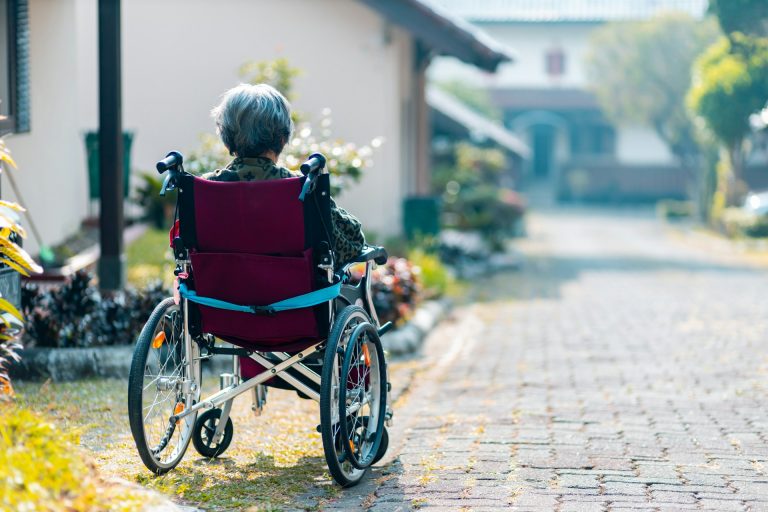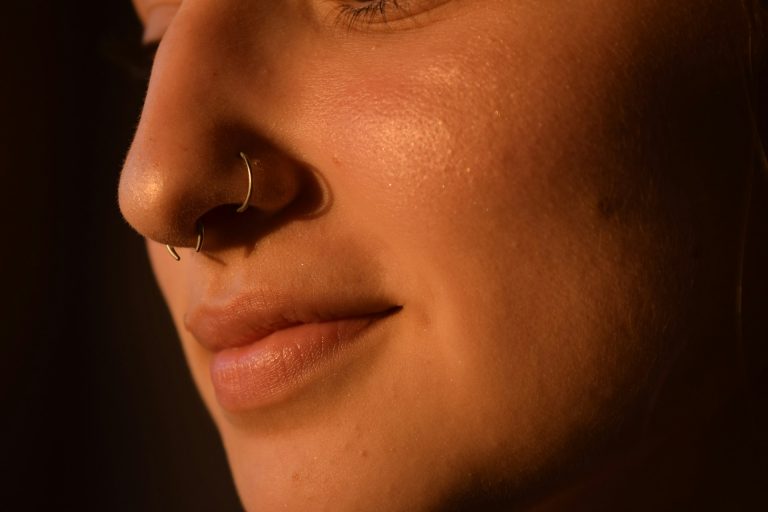What are The Most Significant Barriers to Women’s Health?

Whenever women tried to go ahead, they had to break certain barriers. History is witness that roads for women were never free of hurdles, and challenges. This scenario is prevalent in the contemporary medical system.
Modern healthcare undoubtedly benefits women. However, does it always do that?
With many stones unturned, this article identifies the key healthcare barriers for women. If you are curious to know the reasons for the medical wrongs against you, here you can cast light on your doubts.
Patriarchal Culture Overlooks Women’s Needs
A recent research report by Deloitte analyzed that women need 9.9% more medical services than men. Despite this, women avoid visiting doctors due to high costs, poor motivation, long queues, and more. However, male counterparts routinely undergo health checkups without facing any hurdles.
Like females, men do not have to,
- Take the extra burden of family to freely engage in self-care.
- Become questionable due to various social pressures and challenges.
- Suffer from healthcare issues for a few days each month.
That is why women need certain social benefits which are meant for them only. A comprehensive healthcare service for women is the best answer to the patriarchy. Society needs it to balance the two sides of social justice.
Such services help to,
- Reduce the present social gap.
- Meet the women’s needs more attentively.
- Ensure healthy women and children.
Don’t you think it’s already too late? If women seek help every time from their male counterparts, their needs will be at stake.
Misdiagnosis and Misunderstanding Take Center Stage
It’s always easier to manipulate, misguide, and misinterpret the voice of women. Healthcare practitioners use biases as a tool to hide the wrong diagnosis. The women’s complaints against the system become only a tug of war.
The results of such incidents vary. But, in the core, it mostly,
- Becomes difficult for women to recover physically and emotionally.
- Inculcate poor confidence among women for medical solutions.
- Provoke women to seek home-based or low-cost alternatives.
However, for some the fearful experiences help to take better preventive measures. For most women, poor experiences create further barriers to overall well-being. In the long run, the system becomes responsible for the poor health of women.
Race and Ethnicity are Primary Differentiators
Women, especially women of color, find curing mental health issues much more challenging. Overcoming the issues becomes more difficult than curing the disease. If left untreated, the issues can significantly jeopardize a good family life.
What to do then? Who will fight for women?
Most of the time women suffering from critical female diseases have to fight for their needs. The situation becomes worse when social stigma plays its role.
If the patient cannot articulate her condition well, she seldom receives additional support. It becomes worse for patients who cannot speak any language except their native.

The situation seems like beating around the bushes to cure any ailments! Do you think it is affordable when the medical cost is skyrocketing every year? These are key barriers to overcome by poor women.
Disability Creates Significant Threat to Women’s Wellbeing
Women with disabilities suffer from various secondary ailments which are easily curable. However, for them maintaining even daily hygiene can be as tough as moving mountains. One of the biggest hurdles for women with disabilities is the lack of accessible infrastructure and empathetic care, which leaves their comprehensive well-being at constant risk.
The common healthcare challenges a woman with disability faces are,
- Lack of knowledge of available healthcare benefits.
- Lack of understanding of medical solutions.
- Poor motivation for self-care.
- Lack of support from medical professionals.
When it is impossible to deploy a caregiver for disabled women, how would they break the barrier? Yes! Challenges make humans stronger. But, not all women have the strength to cope with constant neglect, insult, and hatred.
Thankfully, technology has come out as a savior. Many medical and lifestyle apps have eased the challenges. But, it still exists. It will probably continue to exist until society becomes holistically benevolent.
Conclusion
It’s easy to Identify the barriers to the well-being of women. But, putting everything in a box is another injustice to them. Remember, in medical science, even a negligible step can prove hazardous in the long run. Do you think breaking the barriers requires a big leap?






